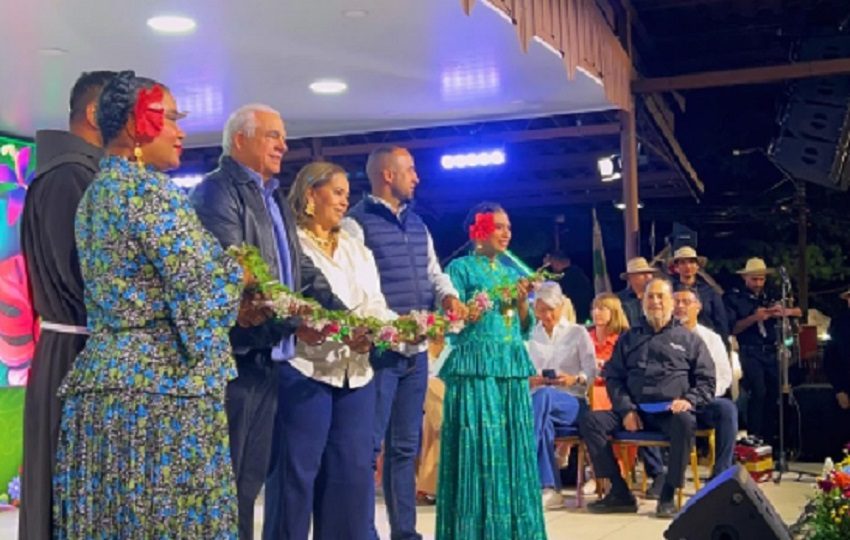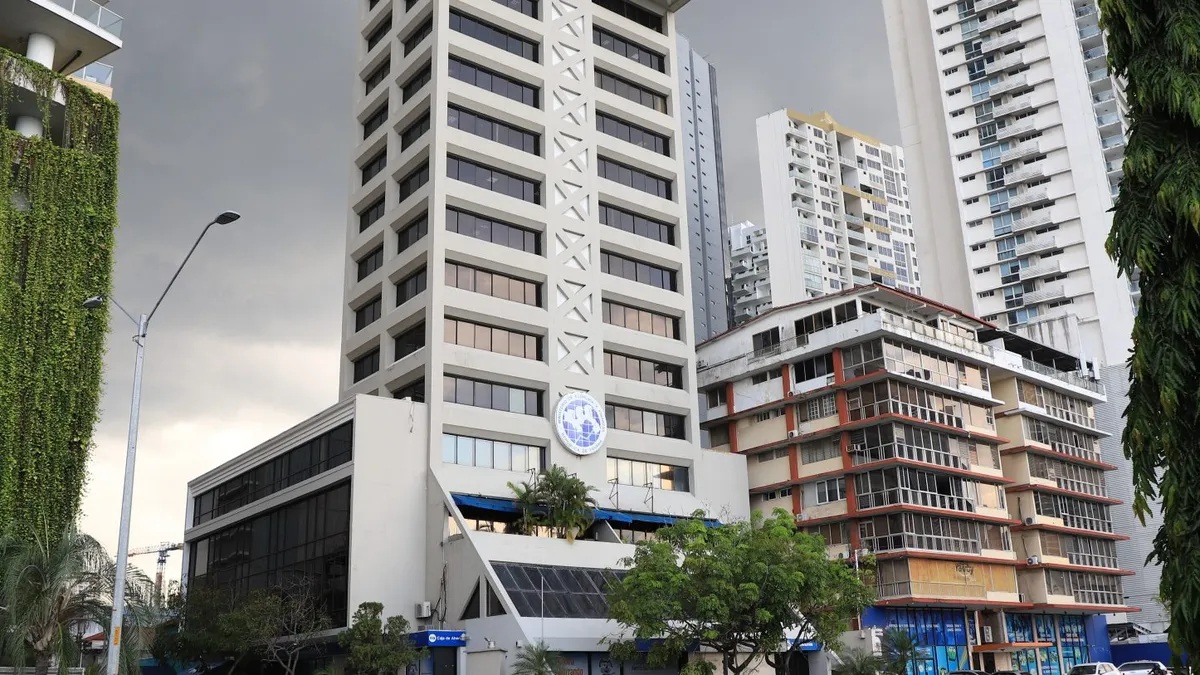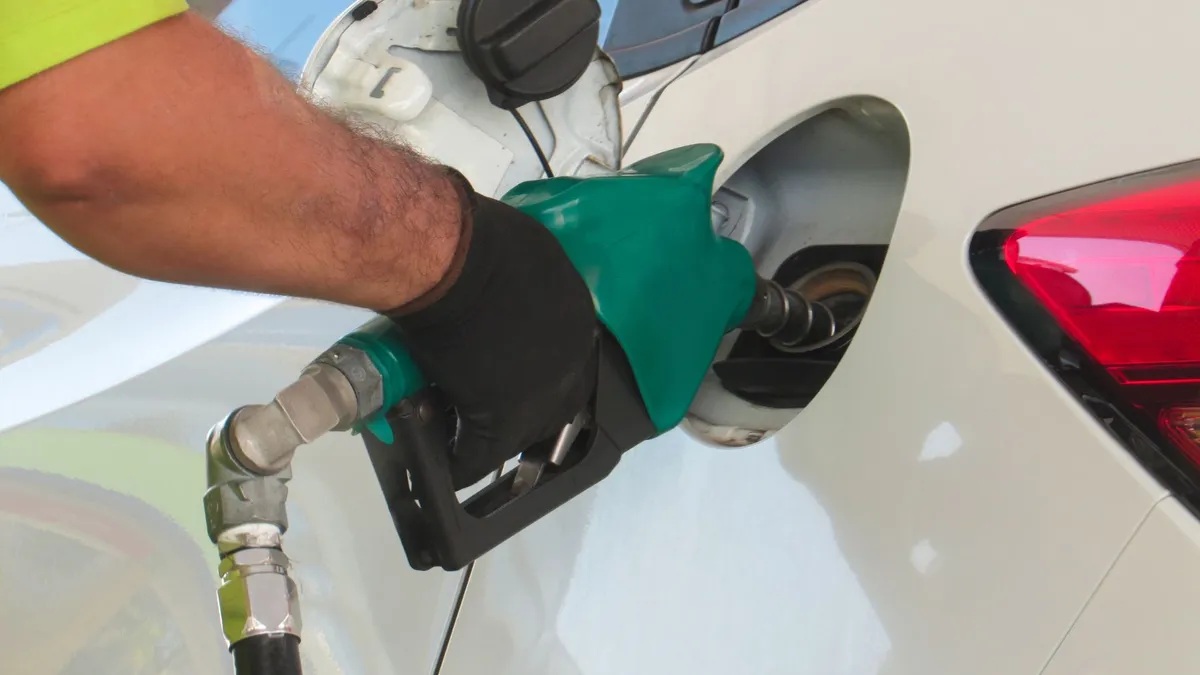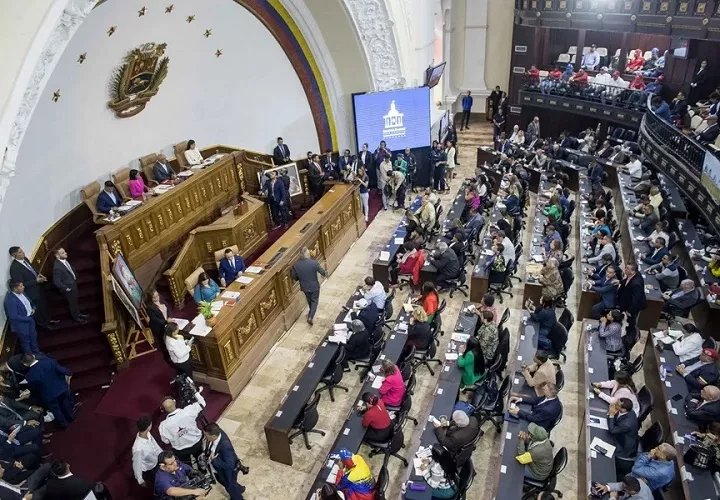Casco Viejo through a tourist prism

 While the seemingly never ending fixing of the roads and underground utilities in Casco Viejo continues to keep local citizens away in droves, there are still visitors who see it as a jewel.
While the seemingly never ending fixing of the roads and underground utilities in Casco Viejo continues to keep local citizens away in droves, there are still visitors who see it as a jewel.
Meanwhile local businesses struggle to keep heads above water.
This offering in Uniglobe’s Travel Times was contributed by aspiring writer Kaitlin Sullivan, a student at the University of Minnesota . It was headlined: “The Future of Panama City is found in its past”
Panama City, or simply ‘Panama’ to the locals, is a city to keep your eye on in the next five years. New Panama City’s high-rise skyline and swanky nightlife contrasts the pastel colonial Casco Viejo district. In whimsical Casco Viejo, fauna grows freely in the dirt that once was tiled floor. Markets are held in the crumbling ruins of plaster buildings and narrow cobblestone streets are framed by caving sidewalks, only wide enough for one person to trod.[sic]
Kuna Women, collections of beaded bracelets adorning their calves, sell molas in open-air markets. Brightly colored birds and geometric designs composed of fabric and carefully stitched thread hang from carts and tables. Motifs can be seen throughout the hand-crafted molas but each one remains an original. Prices range from US$10.00 to hundreds for the larger or more ornate pieces. It’s best to purchase these iconic artworks directly from the Kuna people. Purchasing molas at a gift shop means risking authenticity. The Kuna are recognized as one of the most well-preserved indigenous cultures. Purchasing molas directly from a Kuna person ensures funding this culture preservation.
A UNESCO World Heritage site, Casco Viejo’s facelift is well underway. The restoration of popular attractions such as Teatro Nacional means doors are closed to the public while construction is underway. The current state of Casco Viejo is a necessary annoyance to preserve the historic district. Scaffolding and barricades can be found on nearly every street. Early-morning jackhammers ring through the alleyways and, inevitably, into the windows of the neighborhood hostels, hotels and B&Bs.
As in any city, take caution when walking at night. With all the construction, it’s easy to find yourself in the slums that boarder Casco Viejo to the east. Remnants of what used to be the entire district, residents of the barrio sleep on pieces of cardboard in homes hardly as large as one-car garages but of similar stature. English can be hard to come by even with the tourist police force.
As a whole, Panama City is a hot spot that should be on everyone’s “To Do” list. Casco Viejo is a special slice of the city. Still free of chain restaurants and hotels, a traveler can enjoy boutique-style cafes and quaint accommodations. Though at the moment, its a bit of a beautiful mess, paying a visit to Casco Viejo has a way of making one thankful for the noisy, dusty, inconvenient construction. The Panamanian government is polishing the diamond that is Casco Viejo so this pastel facet of Panama City can get the recognition it deserves.





